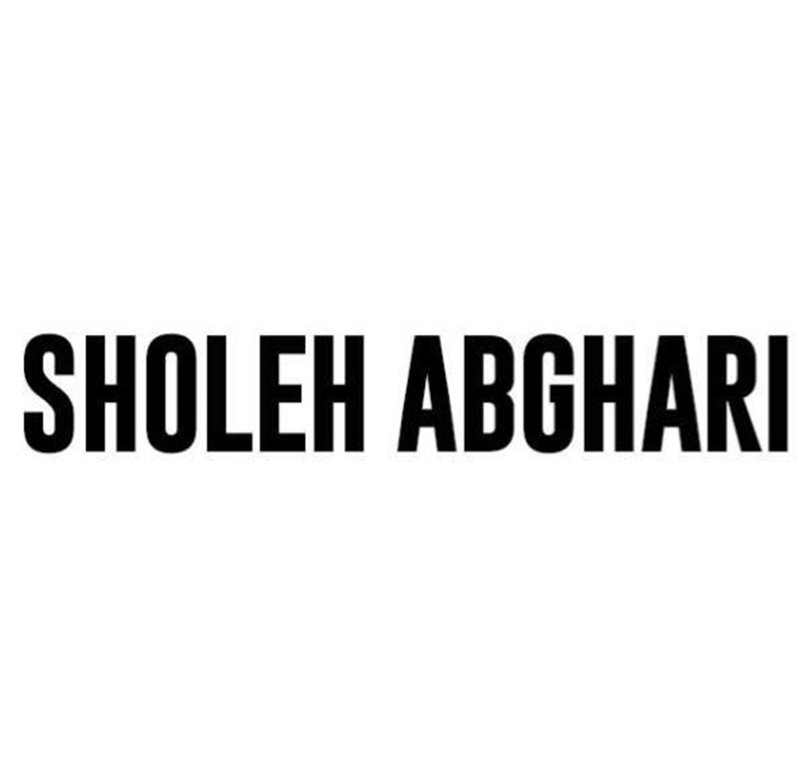 Sholeh Abghari Gallery
Sholeh Abghari Gallery
Paul Rousso American-born visual artist and innovator. Educated at the California College of the Arts, his work is shown at galleries and art fairs around the globe.
A student of both pop-art and deep classical culture, as well as the vast interceding spectrum, Rousso endeavours to express his commentary on the human condition while physically, psychically and temporally committing his entire life to the imaginative evolution of his visual artistry. Toward that end, his creative processes are linear and complex, with many pieces developing simultaneously, and painstakingly.
Rousso’s fascination with paper – currency, advertising, newspapers, magazines – its history and use, its rise and fall, is an emblematic theme reflected frequently in his compositions. Despite the complexity of Rousso’s artistic output, the character and subject matter of the art is relatable to all citizens of the world, so much so that it practically jumps off the wall, and straight into the viewer’s experience.
Zhuang Hong Yi, Born in 1962 in the Sichuan province, Zhuang Hong-yi is one of China’s most influential artists. It is his combination of Chinese background and European influence that marks Zhuang’s work.
Embracing his present without losing his past, he attempts to define a sense of self that exists between the two and enacts this personal struggle visually, vacillating between phases of controlled planning, emotional gesture and careful editing that result in works of beauty, surprise, and curiosity. Characterised by daringly-bold colour palettes, Zhuang’s sophisticated, repetitive, and precise floral motifs symbolise as a universal symbol of prosperity and optimism. He religiously works on this subject year after year, however, the result is not repetitive, but demonstrates his continuous refinement and experimentation between raw emotional expressions and precisely planned artistry.
Throughout the past decades Zhuang has achieved international acclaim. His sculptural paintings have featured in over a hundred solo exhibitions and group exhibitions worldwide including the Found Museum in Beijing, China, the Groninger Museum in the Netherlands, the Ulm Museum in Germany, the Erarta Museum in Russia and the 55th Venice Biennale, Italy, in 2013. Zhuang studied at the Sichuan College of Fine Arts in China and continued his education in Europe at the Minerva Academy in the Netherlands.
Gavin Rain was born in Cape Town on 23 March 1971. He studied Art and Neuropsychology at the University of Cape Town in the 80’s and 90’s. Rain has been painting his whole life, but started with pointillism around 2003/2004. He is influenced by Seurat, Russian avant garde art of the 1900’s and many architects. He starts his paintings by making a sketch of the portrait he wants to paint. To decide the place of the dots on the canvas, he either uses a grid, made of strings, or projection. The grid takes about ten hours to make, but is more accurate than using projection, so Rain still uses both techniques. Then he picks the colors for the final dots. He starts by deciding the final color that he wants a dot to be and starts working backwards. Rain has a list of 14.000 different dots that he has made. Out of this list, he picks the combination that creates the color he wants.
Rain’s objective is to broaden people’s visual and cognitive horizons by showing them the fantastic and impossible. By combining his origins, his studies, aptitudes and personal talent, Rain has invented an art that is both unique and participative so that all who look at one of his paintings can perceive the convergence of two opposing pictorial styles: the abstractness of the multitude of colorful concentric circles that thicken into dense and imperfect dots in relief, and the figurative aspect of the image that is defined by the sum of these same dots as the viewer takes a few steps back.
Influenced by Renaissance painting, Iranian calligraphy, and Japanese tradition, Mojé Assefjah revives the egg tempera technique and mixes pigment with egg, water and oil to modelize colours, their consistency, translucency, and opacity. Use of this particular technique gives her control over nuances and allows her to manipulate the pigment. Even the choice of which egg affects the end result; “Michelangelo used eggs from the village for the complexion of women from the village and eggs from the city for city women because of the colour of the yolk ” says Assefjah.
Egg tempera allows her to experiment and achieve the scene and story conceived in her mind’s eye. She prepares her sketches, her paint, and then lets the brush lead her in graceful movements towards a layered three-dimensional composition.
She achieves varying levels of depth starting with transparent layers and coming forward towards more opaque ones. She forms the colours, constructs the shapes, and shapes the movement to create. The paintings hang between abstraction and figuration where the eye sees and the mind perceives what it longs for.
Mojé Assefjah was born in Tehran in 1970. She lives and works in Munich, Germany. She studied painting at the Academy of Fine Arts in Munich from 1992-1998, and was a master student under Prof. Jerry Zeniuk from 1997 on. In 2013, she continued her work in New York, within the framework of the residency program at the International Studio & Curatorial Program (ISCP).
